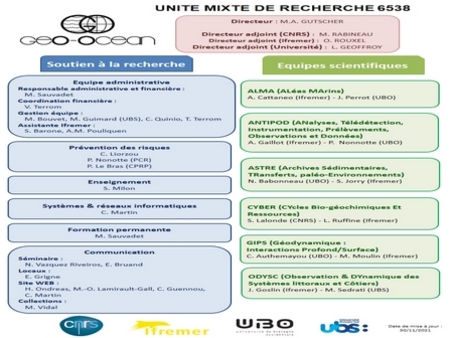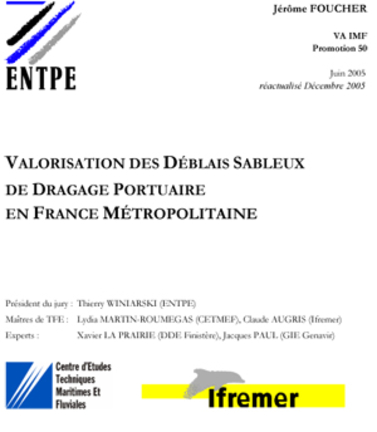Optimising sandy dredged material from ports in mainland France
The Centre d'Études Techniques Maritimes Et Fluviales (CEREMA) and Ifremer have undertaken a study on optimising sandy dredged material from ports in mainland France.
A 3rd year engineering student internship at the École Nationale des Travaux Publics de l'Etat (ENTPE) provided an opportunity to draw up a report on current practices in the promotion of sustainable development. The paper from this internship, updated following the June 2005 examination, is available and can be downloaded below:
Summary
Port dredged material represents 25 to 45 million tonnes of material (dry matter) per year, of which approximately 10 million tonnes is sand. In 2003, 95% of this material was dumped at sea.
In line with sustainable development, these materials should primarily be returned to their original environment, i.e. submerged or used for beach nourishment. However, in areas where the sediment deficit is not negative, good quality materials could be recovered on land. Studies show in particular three possibilities for valorising non-contaminated sandy materials: Construction, agronomy and beach nourishment. The characteristics of the sandy dredged materials show that they can be used with no major processing required for any of these three sectors.
Current regulations do not allow for any of these uses, as they classify port-dredged material as waste. This status, which is justified for polluted materials, is not necessarily the case for unpolluted sandy materials.
For sustainable management of port dredged material, specific parameters will have to be defined to determine whether this waste is re-usable or not.


